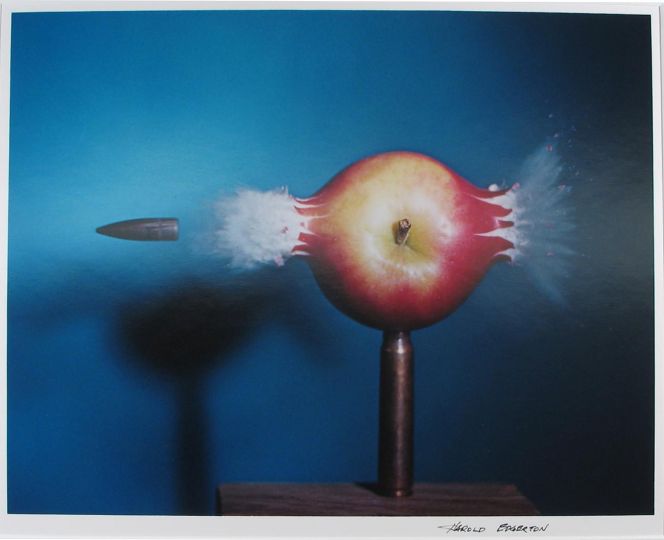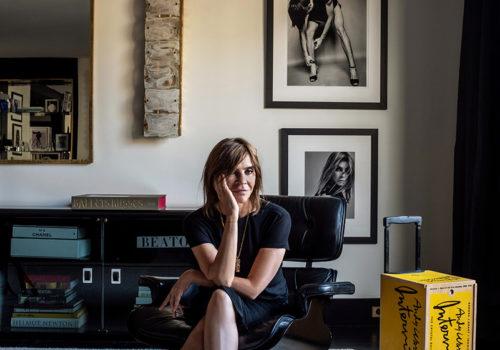Three decades ago, six native New Yorkers walked the streets of the South Bronx. Armed with their cameras (and sometimes other items), they passed like ships in the night. All six were Boricua, Puerto Ricans that is. They shared a common culture, an ancestry, and one more thing— their community was systematically destroyed by city government under a policy called “benign neglect”—ignore people and their neighborhood’s needs, and they’ll leave the city.
The South Bronx has an image that was created by outsiders. That image burns like flames in your mind’s eye. Arson. Looting. Violence. That’s one side. The other is Hip Hop. Salsa. Street Style. That’s what so many take as gospel. These images were created by photographers, writers, filmmakers, and artists; people whose intentions we cannot judge but one thing is for sure—almost none of them lived here.
For the Six from the South, that is Seis del Sur, these photographers documented the mythic South Bronx from the inside. These photographs subvert the public’s perception of the Bronx by telling the real stories of its ordinary people. Francisco Molina Reyes II observes, “I refused to photograph the buildings. It was a symbol of degradation and it was the way the world looked at the Bronx. I give folks credit for living in this and still raising families and dealing with the day to day hardships and uplifting themselves.”
David Gonzalez agrees, saying, “I just shot what was around me. There was a lot more culture back then, even in neighborhoods that were poor. In El Barrio in Manhattan, Machito and Graciela, and Tito Puente would play for free at a street party—and this was when they were at their height. In the South Bronx we had Teatro Otra Cosa. We had Fashion Moda with the b-boys and graff writers, and Jenny Holzer and John Ahearn. There was cross-pollination between cultures and there was an organic connection to the neighborhood. But to the rest of the world, we became a national symbol of urban blight.”
Traversing the same territory, but barely aware of each other for thirty years, the six connected in 2010 at a photography show by Joe Conzo and began to put the pieces together. “It’s Jewish geography,” Ángel Franco observes. It’s a game of who are you and where are you from and do you know so-and-so, and that’s when the world becomes shockingly small. He adds, “We were all born here but we have the island mentality: Where are you from?”
The photographers agreed that Gonzalez was the common denominator, as his connections drew them closer to each other. They stayed in touch on Facebook, and that’s when things started to take hold. Edwin Pagán notes, “It was like playing cards: ‘I’ll match you a Kelly Street for two Charlotte Streets.’ We started throwing down flicks, impressing each other, and telegraphing messages about our attitudes and life experiences. We were reminiscing, we all knew where these photographs were taken and how it felt.”
Ricky Flores adds, “For me, it was an emotional thing. I used Flickr and Facebook to find people from the block, people I used to know, people who had died, people who had disappeared. We were constantly catching up.”
Franco comments, “The photographs became a magnet. We can speak photographically to each other. As journalists and artists and Ricans, there is a certain vocabulary between us.” The photographs speak to each other in ways that are uncanny. One of Flores first photographs was of the window of Gonzalez’s childhood home, while Pagán appears in a photograph taken by Conzo at a Hip-Hop party. It goes on from here…
In the collective, each photographer brings his own aesthetic and perspective to the story of the South Bronx. Ricky Flores shares tender portraits of friends who died too young, many of whom became victims of the crack and AIDS epidemics that had not yet sprung. Ángel Franco offers stark and gripping scenes of the anonymous violence that plagues all poverty-riddled neighborhoods. Joe Conzo’s photos run the gamut of his personal history, encompassing community activism, Latin music and nascent Hip Hop. His mentor, Francisco Molina Reyes II, led the way, chronicling in loving detail the blocks around Prospect and Westchester Avenues. Edwin Pagán’s photos have a narrative quality that hint at the filmmaker that he would become. A fistfight at Orchard Beach bursts with life and questions, as does a shot of a weary woman trudging home underneath the elevated tracks on Westchester Avenue. David Gonzalez returned to the Bronx in 1979 to teach photography on Charlotte Street—at a public school that was the only occupied building on the infamous Charlotte Street. For him, his photographs were the only way he could make sense of the devastation that had swept through the borough while he was away at college, Yale to be exact.
Seis del Sur is planning a photographic retrospective in 2012. In advance of then, viewers can get a sneak preview of some of the images at the FotoVisura Pavilion at the New York Photo Festival, Brooklyn, from May 11–15. Curator Adriana Teresa will be showing a projection of Puerto Rican Photographers in NY from the 60s–80s, including David Gonzalez, Pablo Delano, Frank Espada, Ricky Flores, Joe Conzo, and Maximo Colon.
Seis del Sur is the story of the South Bronx, for better, for worse, for richer, for poorer, in sickness or in health, to love and to cherish ’til death do us part. Amen.
Miss Rosen
















